The Mighty Five: a guide to Utah's mesmerizing national parks
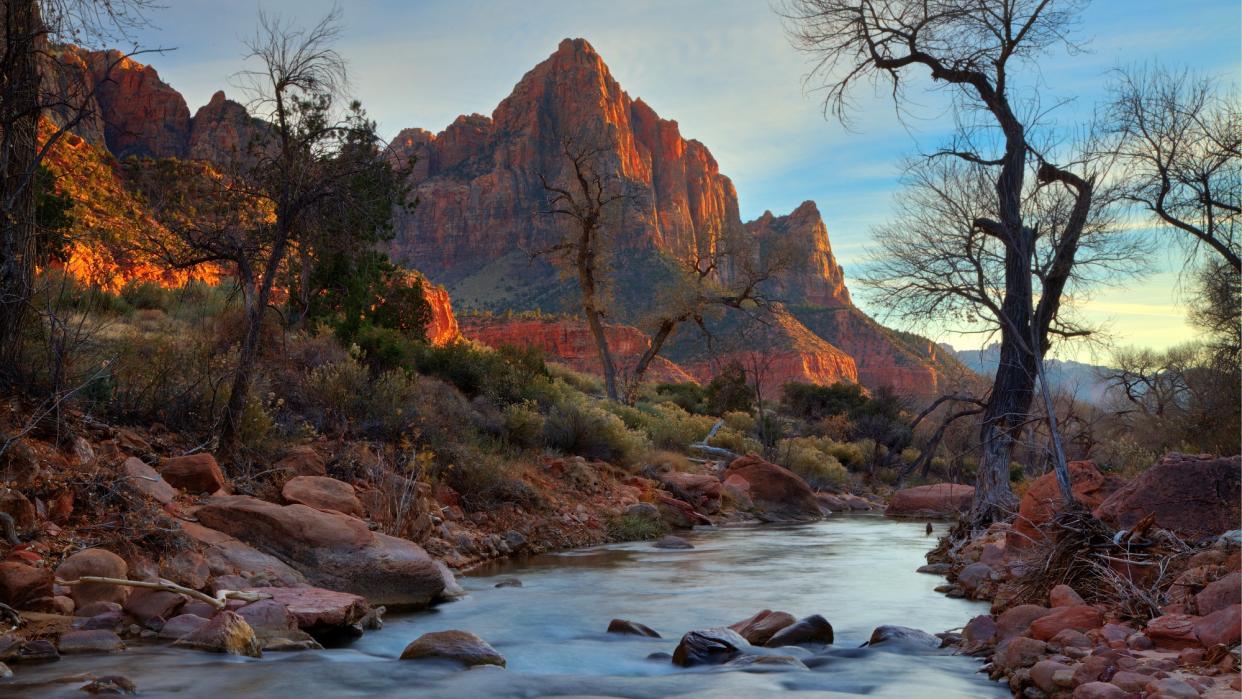
The fiery red rock formations, orange hoodoos (fantastical rock columns) and ombre canyons of Utah's national parks are a colorful reminder that, sometimes, nature enjoys showing off. Arches, Bryce Canyon, Canyonlands, Capitol Reef and Zion — known collectively as the Mighty Five — boast otherworldly scenery that leaves visitors feeling connected to Earth and eager to explore it.
Arches National Park, Moab
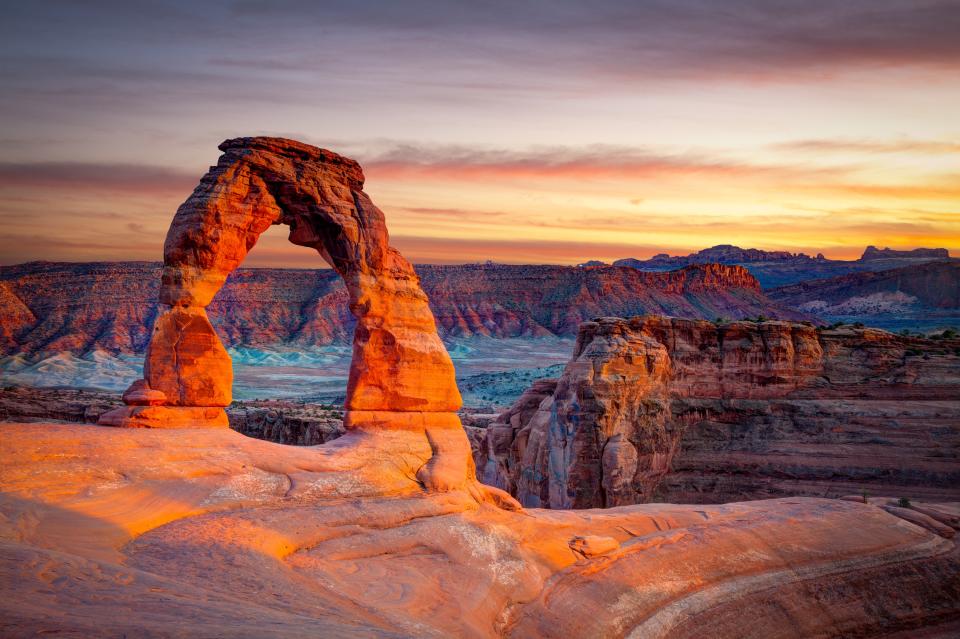
Arches is not a misnomer, but visitors still might not be prepared for how many of these rock formations are in the park. More than 2,000 natural stone arches, including Landscape Arch, the longest in North America, are scattered across 76,519 acres. Trails lead to park icons like the Delicate Arch and Park Avenue, an area where the sandstone spires resemble skyscrapers. While exploring the park, see how many ephemeral pools you can spot. These are natural sandstone basins that collect rain water and sediment and turn into habitats for plants and animals. Due to their fleeting nature, they can be present one day and gone the next.
Note: Visitors who plan on coming before Oct. 31, 2024, need to have a timed entry ticket to gain access to the park.
Bryce Canyon National Park, Bryce Canyon
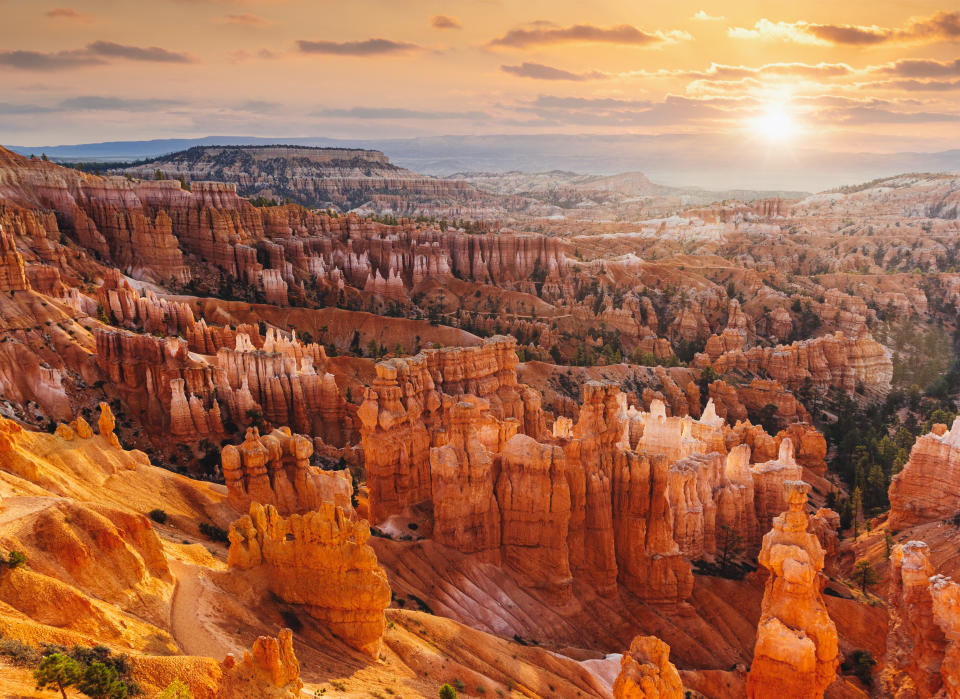
Hoodoos, craggy rock formations that take on an ethereal glow at sunrise and sunset, are testaments to time and erosion. Thousands of these orange and tan spires form natural amphitheaters in Bryce Canyon, giving the park the distinction of having the world's largest concentration of hoodoos. If you want to get close to them, set out on the Sunset Point to Sunrise Point trail, which is paved and offers a sweeping view. To see a different, less crowded side of Bryce Canyon, hit the backcountry and hike through forests and meadows. Keep in mind that Bryce Canyon's altitude ranges from 8,000 feet to more than 9,000 feet, so prepare accordingly.
Canyonlands National Park, Moab
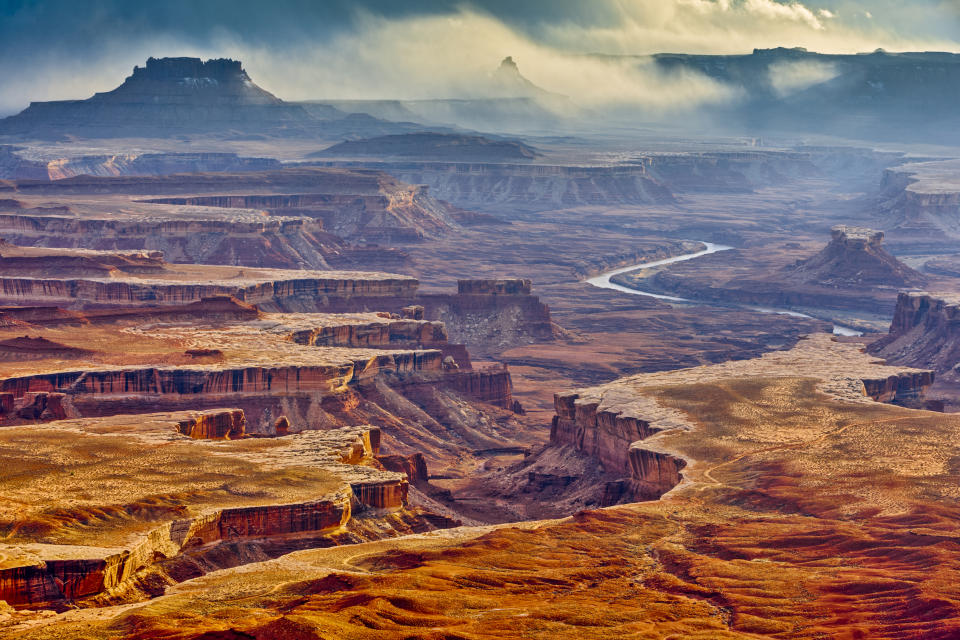
Canyonlands calls to adventurers with four distinct districts to explore: Island in the Sky, The Needles, The Maze and Rivers. Island in the Sky is a mesa with unending views of canyons, sandstone towers and the Green River, and more accessible than the remote Maze, which draws backcountry enthusiasts. Hundreds of striped sandstone spires stand tall in The Needles, where some areas can only be reached via 4-wheel-drive vehicles. The Rivers — Colorado and Green — offer kayaking and canoeing in the late spring and early summer when water levels are at their highest. If you can only do one hike at Canyonlands, make it the Mesa Arch Trail. At 0.6 miles roundtrip, it is one of the shortest hikes in the park and takes visitors to the iconic Mesa Arch.
Capitol Reef National Park, Torrey
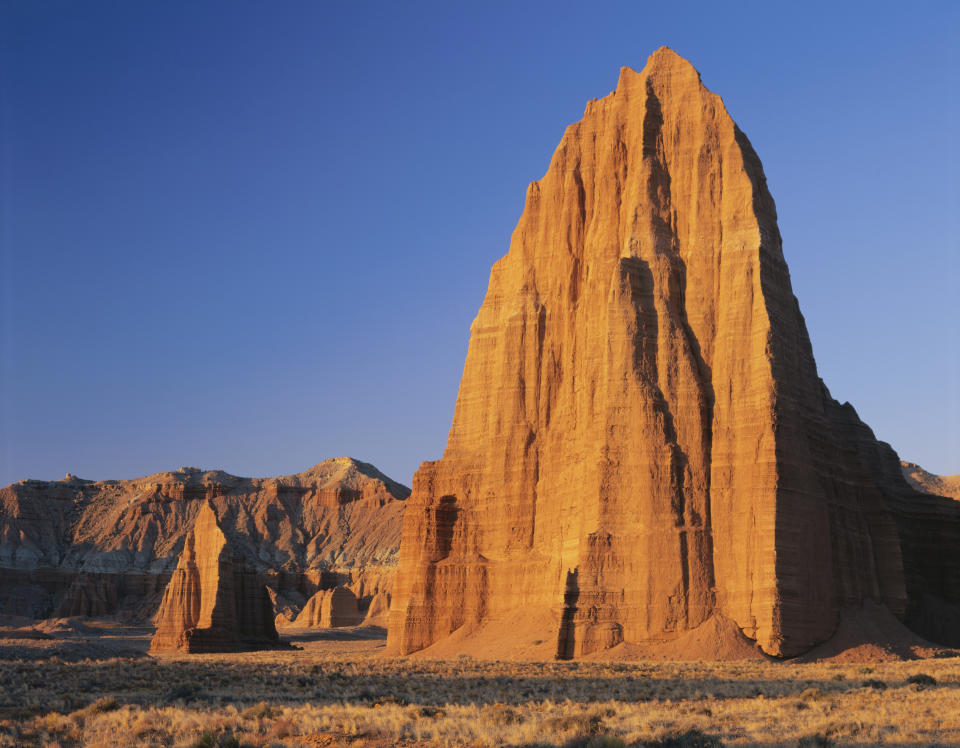
Look closely while walking by the Navajo sandstone rock formations in Capitol Reef. Etched into many of the surfaces are petroglyphs by the Fremont people, who drew human figures, wildlife and abstract designs. In the Fruita Historic District, visitors can see several of these ancient petroglyphs, plus historical sites like the Gifford Homestead and one-room Fruita Schoolhouse. Camping here is a quaint experience, with the 71 sites surrounded by orchards dating to the 1880s and localed near the banks of the Fremont River. For a more rugged experience, head to the Cathedral Valley District, a remote area popular with stargazers who enjoy night photography.
Zion National Park, Springdale
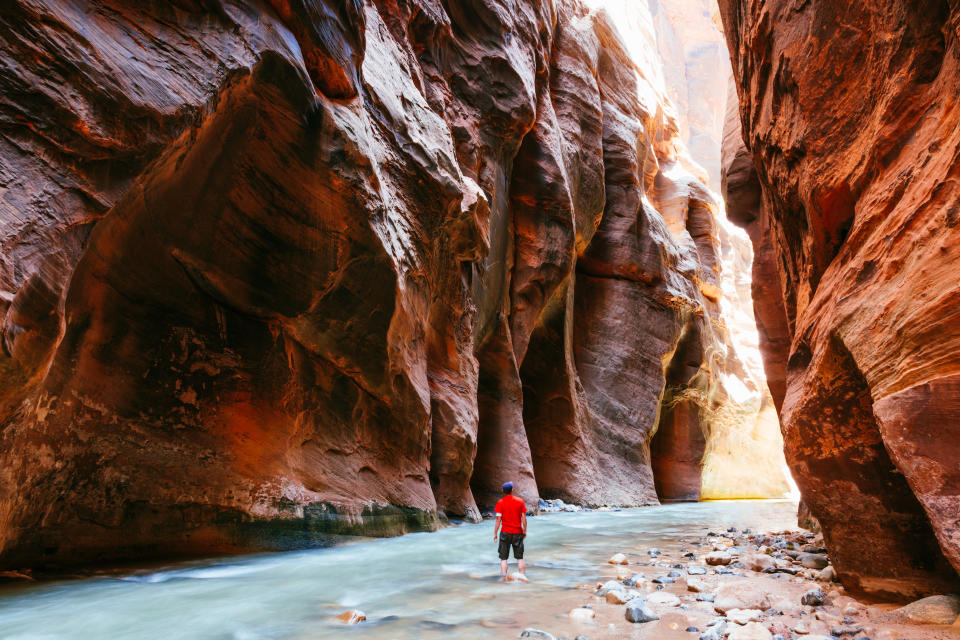
As Utah's first national park, Zion set the bar high. There is much to admire about this space, which offers a well-rounded experience for visitors who only want to take a scenic drive around the park to those who plan on staying for days to hike as much as possible. For the thrill-seeker, there is no greater adventure than taking on Angels Landing, a steep and strenuous climb that involves footholds and chain handrails. The Narrows offers a less harrowing but equally beautiful journey through Zion Canyon. Hikers make their way through the gorge via the Virgin River, so dress accordingly and wear shoes that can get wet. It is incredible to see the canyon walls from this vantage point, and the only way to get closer is to obtain a permit to go canyoneering.
Note: Everyone who hikes Angels Landing must secure a permit prior to arriving at the park.

